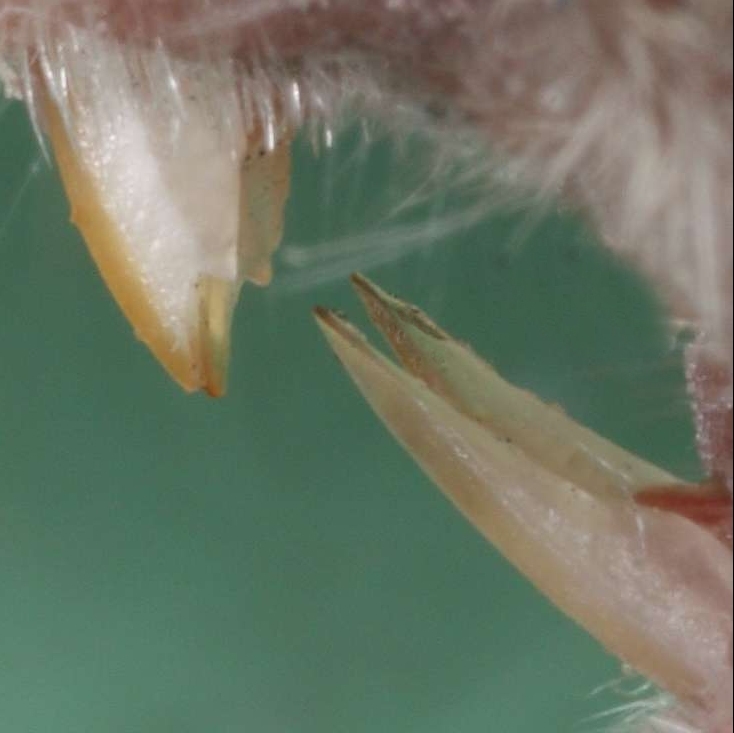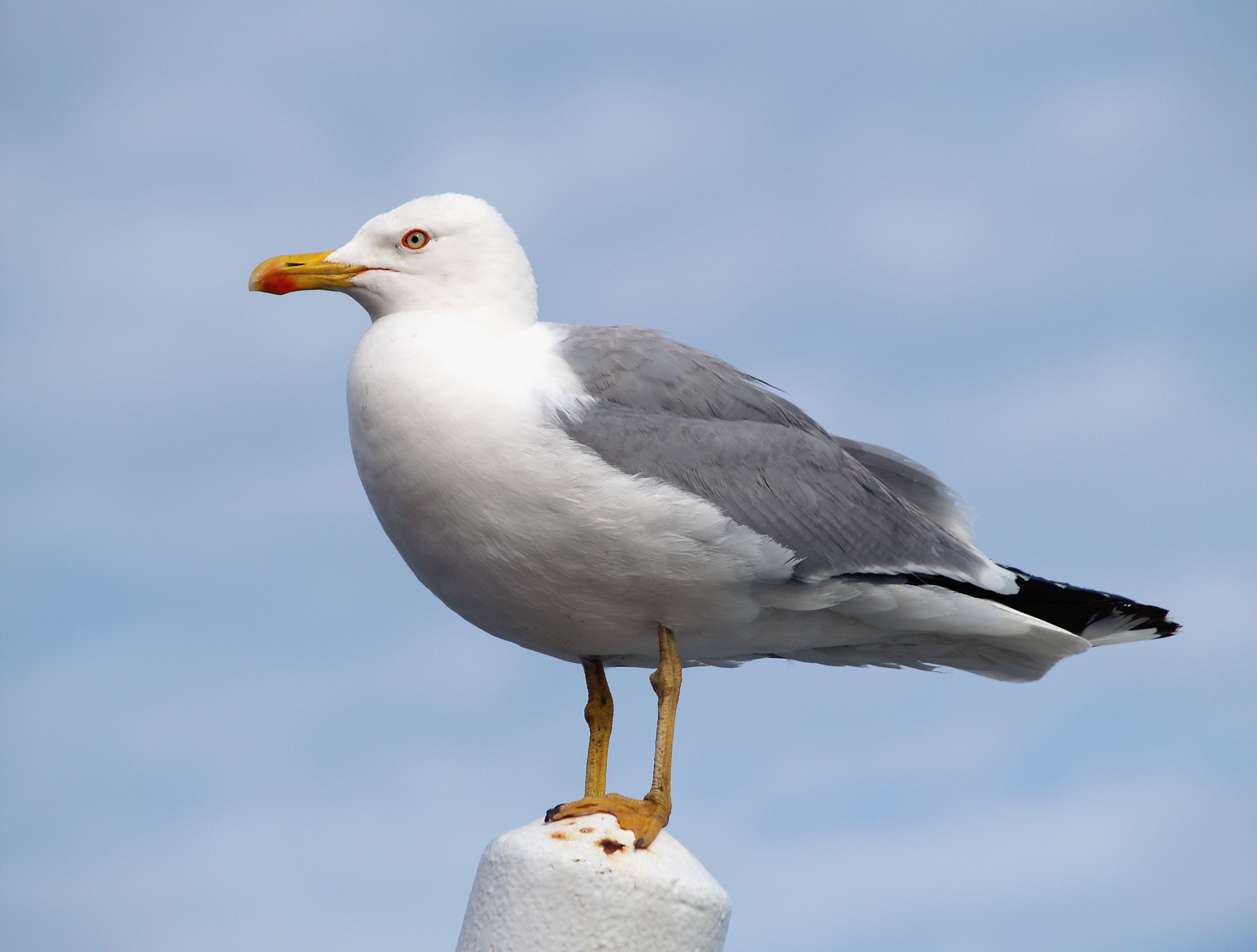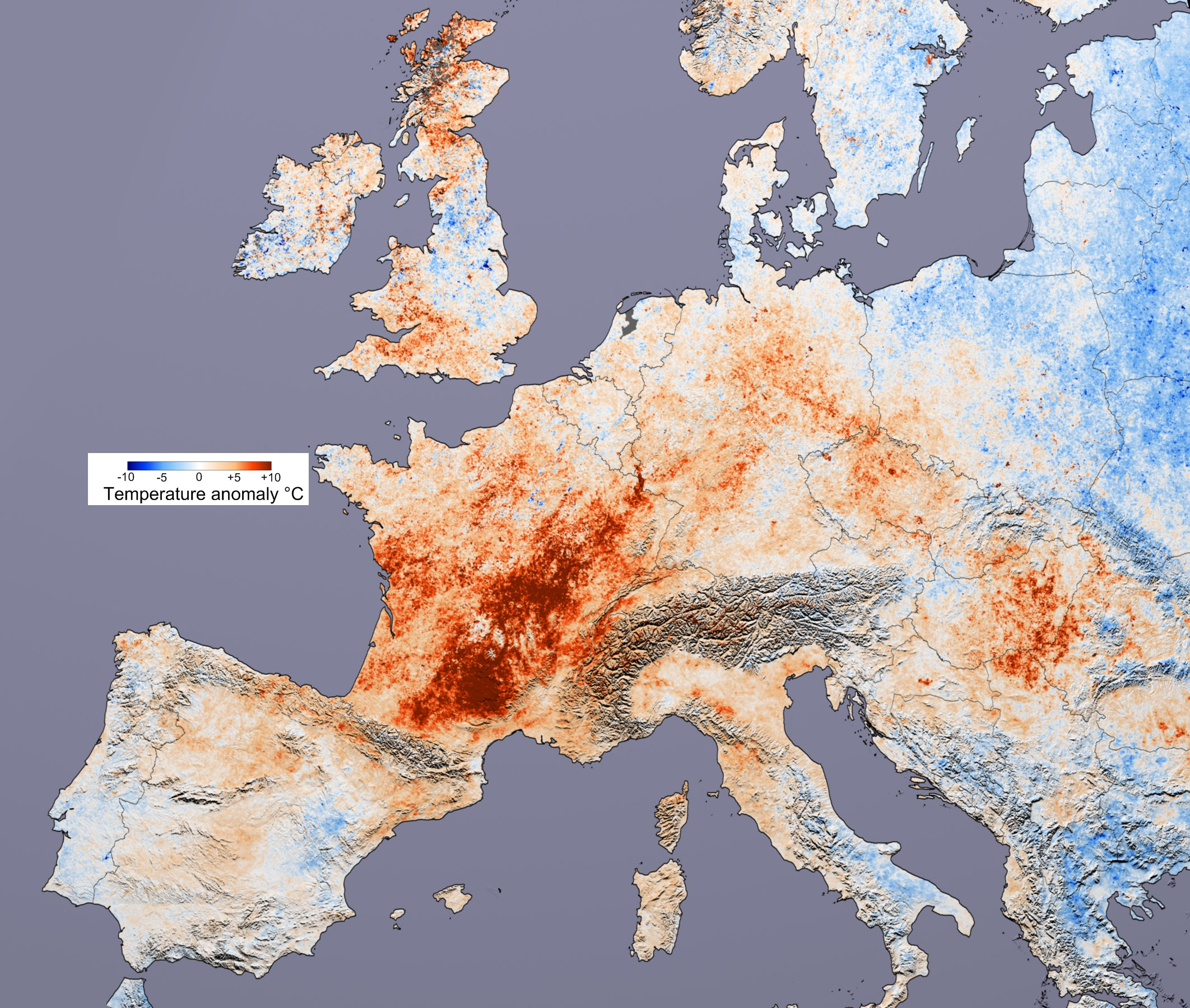|
Theba Macandrewiana
''Theba macandrewiana'' is a species of land snail of the family Helicidae, endemic to the Savage Islands of Portugal. Its shell is around in length. Distribution and habitat It is present in the three islands (Selvagem Grande, Selvagem Pequena and Fora Islet) where it occurs on rocky and sandy soils, beneath rocks or associated to grasses from in altitude. It is the only non-marine gastropod species known from the archipelago. Threats The species was threatened by previous introduction of rabbits (''Oryctolagus cuniculus''), mice (''Mus musculus'') and the tobacco tree (''Nicotiana glauca'') to the Selvagem Grande which were effectively eradicated in the early 2000's. Today, the species is susceptible to soil erosion and consequent landslides from rainstorms that affect the arid archipelago and also native lizards that may predate on eggs. In the longer term the species could be threatened by increased Extreme weather, frequency of droughts and Sea level rise, sea level change ... [...More Info...] [...Related Items...] OR: [Wikipedia] [Google] [Baidu] |
Ludwig Karl Georg Pfeiffer
Ludwig Karl Georg Pfeiffer, also known as Louis Pfeiffer (4 July 1805 – 2 October 1877), was a German physician, botany, botanist and conchology, conchologist. Early life, education and medical career Pfeiffer was born in Cassel, the eldest son of the jurist Burkhard Wilhelm Pfeiffer and his wife Louise (née Harnier). Pfeiffer received his primary education in the Friedrichsgymnasium Kassel, Cassel Lyceum, where he distinguished himself academically, and by the age of fifteen was already at the top of his class. In 1820, political tensions forced his father to relocate the family to Lübeck, but Louis continued to excel, reaching the top of his class there as well. At the age of sixteen, Pfeiffer entered into university to study medicine, first at the University of Göttingen, and finally at the University of Marburg, where he studied under such prominent scientists as Georg Wilhelm Franz Wenderoth and :de:Ernst Daniel August Bartels, Ernst Daniel August Bartels, graduating in ... [...More Info...] [...Related Items...] OR: [Wikipedia] [Google] [Baidu] |
Mus Musculus
The house mouse (''Mus musculus'') is a small mammal of the rodent family Muridae, characteristically having a pointed snout, large rounded ears, and a long and almost hairless tail. It is one of the most abundant species of the genus ''Mus (genus), Mus''. Although a wild animal, the house mouse has benefited significantly from associating with human habitation to the point that truly wild populations are significantly less common than the synanthropic populations near human activity. The house mouse has been domestication, domesticated as the pet or fancy mouse, and as the laboratory mouse, which is one of the most important model organisms in biology and medicine. The complete mouse reference genome was Whole genome sequencing, sequenced in 2002. Characteristics House mice have an adult body length (nose to base of tail) of and a tail length of . The weight is typically . In the wild they vary in color from grey and light brown to black (individual hairs are actually Agouti ... [...More Info...] [...Related Items...] OR: [Wikipedia] [Google] [Baidu] |
Molluscs Of Africa
Mollusca is a phylum of protostomic invertebrate animals, whose members are known as molluscs or mollusks (). Around 76,000 extant species of molluscs are recognized, making it the second-largest animal phylum after Arthropoda. The number of additional fossil species is estimated between 60,000 and 100,000, and the proportion of undescribed species is very high. Many taxa remain poorly studied. Molluscs are the largest marine phylum, comprising about 23% of all the named marine organisms. They are highly diverse, not just in size and anatomical structure, but also in behaviour and habitat, as numerous groups are freshwater and even terrestrial species. The phylum is typically divided into 7 or 8 taxonomic classes, of which two are entirely extinct. Cephalopod molluscs, such as squid, cuttlefish, and octopuses, are among the most neurologically advanced of all invertebrates—and either the giant squid or the colossal squid is the largest known extant invertebrate sp ... [...More Info...] [...Related Items...] OR: [Wikipedia] [Google] [Baidu] |
Endemic Fauna Of Madeira
Endemism is the state of a species being found only in a single defined geographic location, such as an island, state, nation, country or other defined zone; organisms that are indigenous to a place are not endemic to it if they are also found elsewhere. For example, the Cape sugarbird is found exclusively in southwestern South Africa and is therefore said to be ''endemic'' to that particular part of the world. An endemic species can also be referred to as an ''endemism'' or, in scientific literature, as an ''endemite''. Similarly, many species found in the Western ghats of India are examples of endemism. Endemism is an important concept in conservation biology for measuring biodiversity in a particular place and evaluating the risk of extinction for species. Endemism is also of interest in evolutionary biology, because it provides clues about how changes in the environment cause species to undergo range shifts (potentially expanding their range into a larger area or becoming ... [...More Info...] [...Related Items...] OR: [Wikipedia] [Google] [Baidu] |
Yellow-legged Gull
The yellow-legged gull (''Larus michahellis'') is a large gull found in Europe, the Middle East and North Africa, which has only recently achieved wide recognition as a distinct species. It was formerly treated as a subspecies of either the Caspian gull ''L. cachinnans'', or more broadly as a subspecies of the herring gull ''L. argentatus''. The genus name is from Latin ''Larus'' which appears to have referred to a gull or other large seabird, and the species name honours the German zoologist Karl Michahelles. Classification It is now generally accepted that the yellow-legged gull is a full species, but until recently there was much disagreement. For example, '' British Birds'' magazine split the yellow-legged gull from the herring gull in 1993 but included the Caspian gull in the former, but the BOU in Great Britain retained the yellow-legged gull as a subspecies of the herring gull until 2007. DNA research, however, suggests that the yellow-legged gull is actually closest t ... [...More Info...] [...Related Items...] OR: [Wikipedia] [Google] [Baidu] |
Sea Level Rise
The sea level has been rising from the end of the last ice age, which was around 20,000 years ago. Between 1901 and 2018, the average sea level rose by , with an increase of per year since the 1970s. This was faster than the sea level had ever risen over at least the past 3,000 years. The rate accelerated to /yr for the decade 2013–2022. Climate change due to human activities is the main cause. Between 1993 and 2018, melting ice sheets and glaciers accounted for 44% of sea level rise, with another 42% resulting from thermal expansion of water. Sea level rise lags behind changes in the Earth's temperature by decades, and sea level rise will therefore continue to accelerate between now and 2050 in response to warming that has already happened. What happens after that depends on future human greenhouse gas emissions. If there are very deep cuts in emissions, sea level rise would slow between 2050 and 2100. The reported factors of increase in flood hazard potential are often e ... [...More Info...] [...Related Items...] OR: [Wikipedia] [Google] [Baidu] |
Extreme Weather
Extreme weather includes unexpected, unusual, severe weather, severe, or unseasonal weather; weather at the extremes of the historical distribution—the range that has been seen in the past. Extreme events are based on a location's recorded weather history. The main types of extreme weather include heat waves, cold waves, droughts, and heavy precipitation or storm events, such as tropical cyclones. Extreme weather can have various effects, from natural hazards such as floods and landslides to social costs on human health and the economy. Severe weather is a particular type of extreme weather which poses risks to life and property. Weather patterns in a given region vary with time, and so extreme weather can be attributed, at least in part, to the natural Climate variability and change, climate variability that exists on Earth. For example, the El Niño–Southern Oscillation, El Niño-Southern Oscillation (ENSO) or the North Atlantic oscillation (NAO) are climate phenomena that i ... [...More Info...] [...Related Items...] OR: [Wikipedia] [Google] [Baidu] |
Nicotiana Glauca
''Nicotiana glauca'' is a species of flowering plant in the tobacco genus Nicotiana of the nightshade family Solanaceae. It is known by the common name tree tobacco. Its leaves are attached to the stalk by petioles (many other ''Nicotiana'' species have sessile leaves), and its leaves and stems are neither pubescent nor sticky like '' Nicotiana tabacum''. It resembles '' Cestrum parqui'' but differs in the form of leaves and fusion of the outer floral parts. It grows to heights of more than two meters. Tree tobacco is native to South America but it is now widespread as an introduced species on other continents. It is a common roadside weed in the southwestern United States, and an invasive plant species in California native plant habitats. Description ''Nicotiana glauca'' is a small tree or shrub with many branches that normally grows to over 2 m, but can reach as high as 7 m. Its leaves are thick and rubbery and can be up to 20 cm long. It has yellow tubular flowers abou ... [...More Info...] [...Related Items...] OR: [Wikipedia] [Google] [Baidu] |
Oryctolagus Cuniculus
The European rabbit (''Oryctolagus cuniculus'') or coney is a species of rabbit native to the Iberian Peninsula (Spain, Portugal and Andorra) and southwestern France. It is the only extant species in the genus '' Oryctolagus''. The European rabbit has faced a population decline in its native range due to myxomatosis, rabbit haemorrhagic disease, overhunting and habitat loss. Outside of its native range, it is known as an invasive species, as it has been introduced to countries on all continents with the exception of Antarctica, often with devastating effects on local biodiversity due to a lack of predators. The average adult European rabbit is in length, and can weigh , though size and weight vary with habitat and diet. Its distinctive ears can measure up to from the occiput. Due to the European rabbit's history of domestication, selective breeding, and introduction to non-native habitats, feral European rabbits across the world display a wide variety of morphologies. The E ... [...More Info...] [...Related Items...] OR: [Wikipedia] [Google] [Baidu] |
Helicidae
Helicidae is a large, diverse family of western Palaearctic, medium to large-sized, air-breathing land snails, sometimes called the "typical snails." It includes some of the largest European land snails, several species are common in anthropogenic habitats, and some became invasive on other continents. A number of species in this family are valued as food items, including '' Cornu aspersum'' (formerly ''Helix aspersa;'' "petit gris") the brown or garden snail, and '' Helix pomatia'' (the " escargot"). The biologies of these two species in particular have been thoroughly studied and documented. Shell description The shells are usually flattened or depressed conical. Globular shells are found in the genera '' Helix'', '' Maltzanella'', '' Lindholmia'', '' Cornu'', '' Cantareus'', '' Eremina'', and '' Idiomella''. One species, '' Cylindrus obtusus'', has a cylindrical shell. In some genera, especially in '' Cepaea'', the shells are brightly colored and patterned. Anatomy Hel ... [...More Info...] [...Related Items...] OR: [Wikipedia] [Google] [Baidu] |
Fora Islet
Fora Islet ( Portuguese: ("outer islet")) is an uninhabited Portuguese island in the Atlantic Ocean, forming part of the Savage Islands, a dependant archipelago of the autonomous region of Madeira. It lies about 300 kilometres from Madeira and 160 kilometres north of the Canary Islands. The islet () has an area of 8 hectares and a maximum altitude of 18 metres. The island is part of a nature reserve and is home to a variety of petrel Petrels are tube-nosed seabirds in the phylogenetic order Procellariiformes. Description Petrels are a monophyletic group of marine seabirds, sharing a characteristic of a nostril arrangement that results in the name "tubenoses". Petrels enco ...s, Cory's shearwater being one of the dominant species. The climate is dry and there is very little soil. In 19th-century English literature, the island was called the 'Little Piton'.Burton, Richard F., ''To the Gold Coast for Gold'', 1883, See also * List of islands of Portugal References {{ ... [...More Info...] [...Related Items...] OR: [Wikipedia] [Google] [Baidu] |
Selvagem Pequena
Selvagem Pequena Island () is an island in the southeast group of the Savage Islands, Madeira, Portugal Portugal, officially the Portuguese Republic, is a country on the Iberian Peninsula in Southwestern Europe. Featuring Cabo da Roca, the westernmost point in continental Europe, Portugal borders Spain to its north and east, with which it share .... It is the southernmost major island of Portugal (excluding islets). Its fauna and flora are well-preserved due to lack of human interference. In the 1890 book '' The Cruise of the Alerte'', the island was called the 'Great Piton'. It has an active lighthouse. [...More Info...] [...Related Items...] OR: [Wikipedia] [Google] [Baidu] |









